









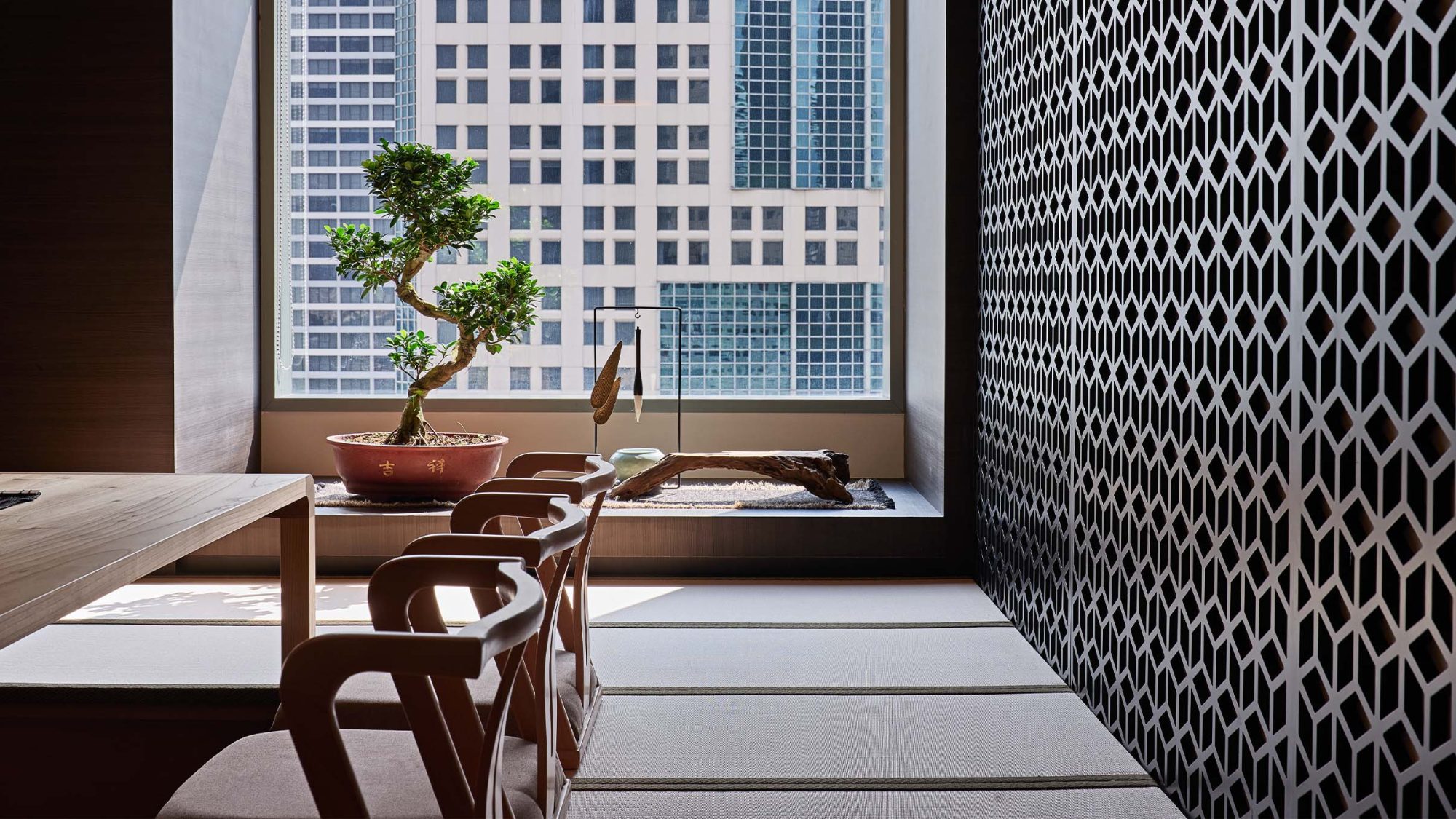
So, what is biophilia? According to Wilson, E.O. (1984), biophilia is the innate desire for human beings to connect with nature. Feelings of calm, contentment and overall wellbeing are often associated with experiencing nature; biophilia can have a powerful influence on our daily lives. Other synonyms for biophilia include a love of nature, an affinity for the natural world and an appreciation of the outdoors.
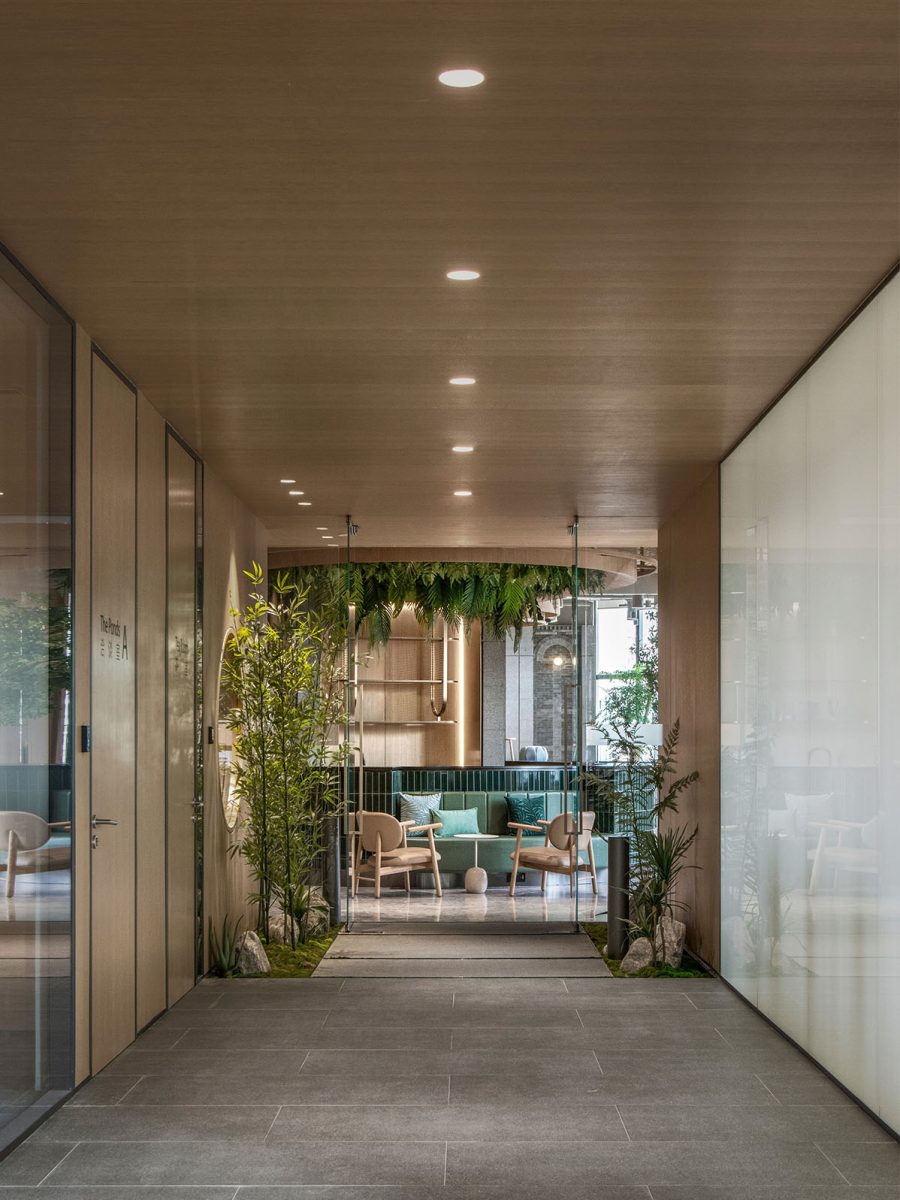
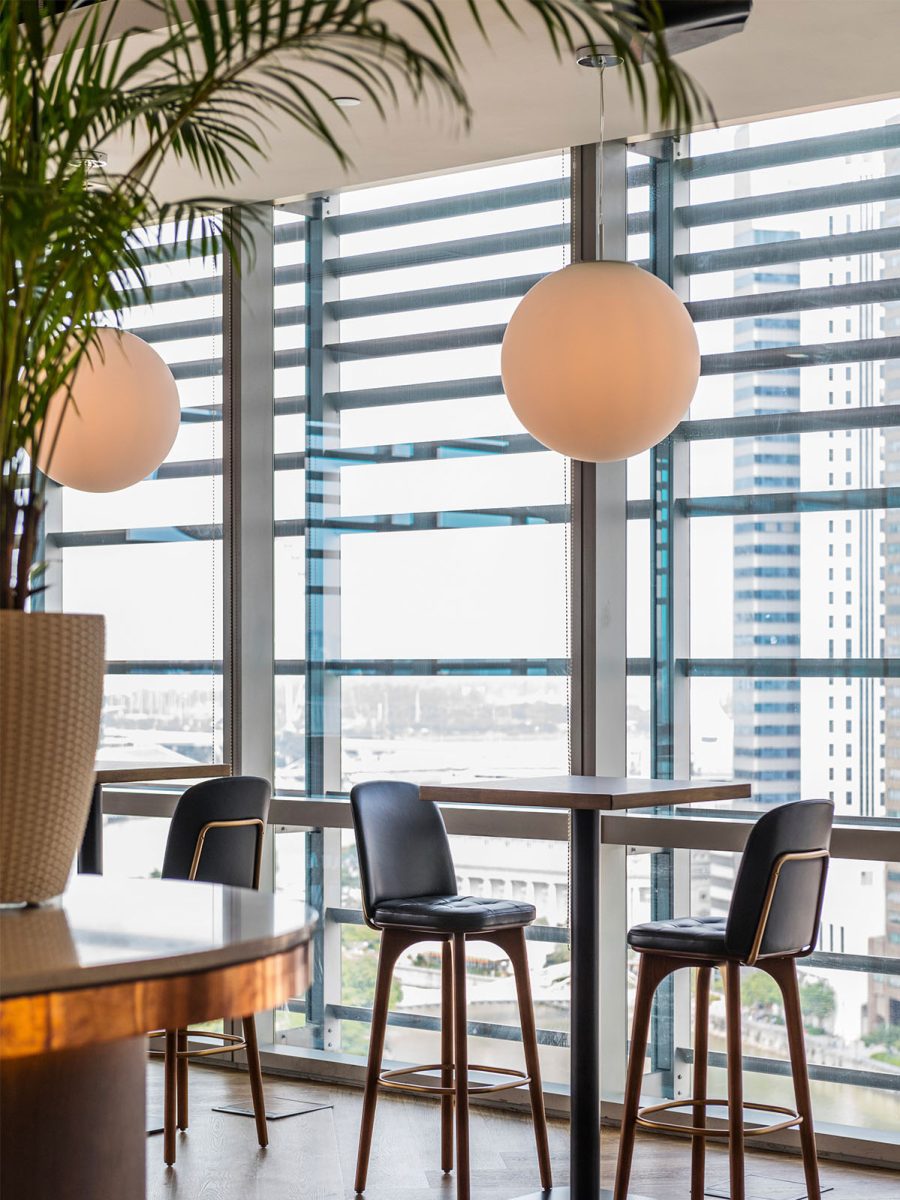
Get the biophilic design lookbook
If you’re looking for inspiration on designing your next workspace using biophilia, check out our lookbook. It features a wide range of biophilic elements and more interior designs you can use as inspiration.
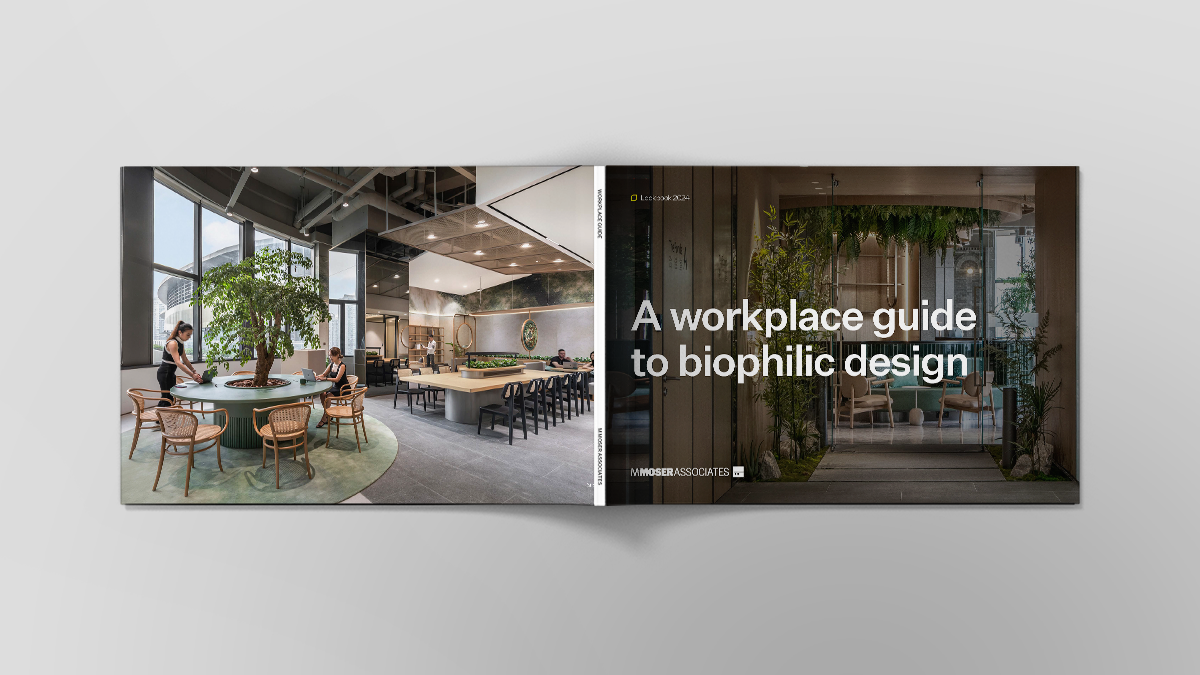
Before the arrival of agriculture, humans lived in harmony with nature as hunter-gatherer societies, depending on the environment for sustenance and wellbeing. They had an intimate knowledge of plants, animals and seasonal patterns essential for survival. However, with the advancement of technologies, such as farming, our brains and bodies adapted to accommodate new inputs and changes in lifestyle.
So, why do we love nature? There is strong evidence that demonstrates our brain and body respond in positive ways when we are exposed to it. Studies have found that when we are in nature, or witness nature scenes, we experience a reduction in stress responses, better memory retention, changes in brain function and an improved sense of wellbeing.
This article explores the benefits of biophilic design in the workplace.
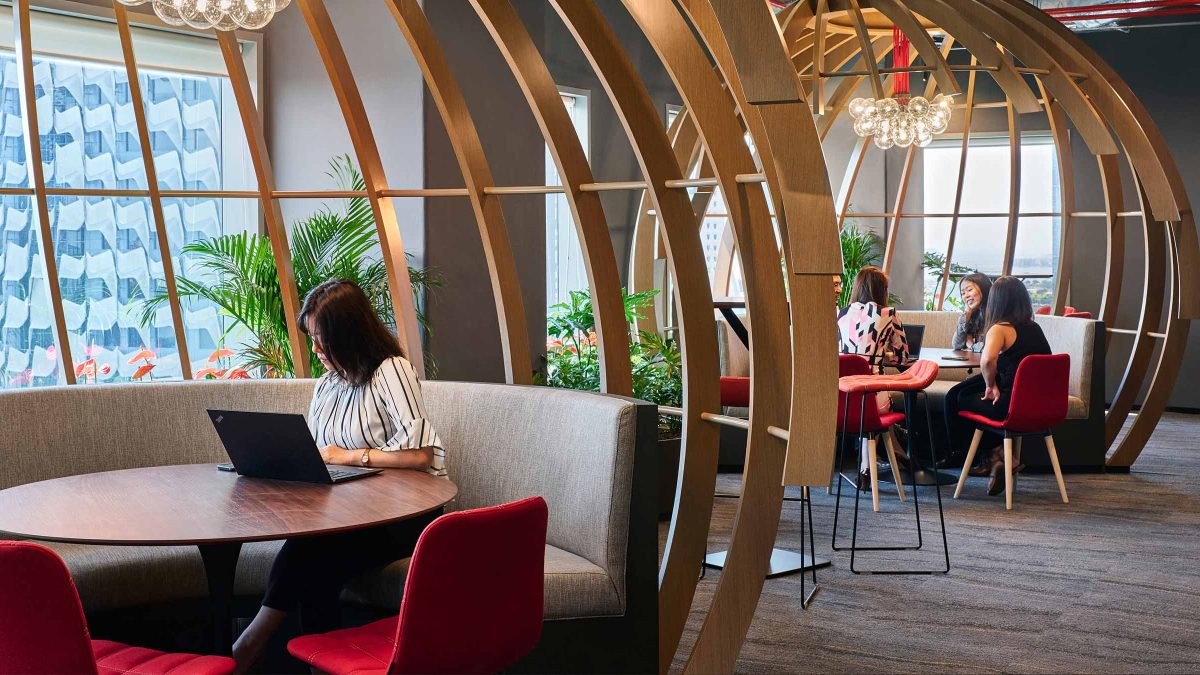
Individuals possess a fundamentally integrated and intuitive tendency to establish connections with nature. Our mental and physical wellbeing is heavily influenced by engagement with natural environments. Picture this: you’re sitting in an office with no windows, harsh artificial light, and air conditioning. Wondering why you feel unmotivated and lethargic? If you’ve ever felt this, you’ll understand just how important biophilic design is to our wellbeing and productivity.
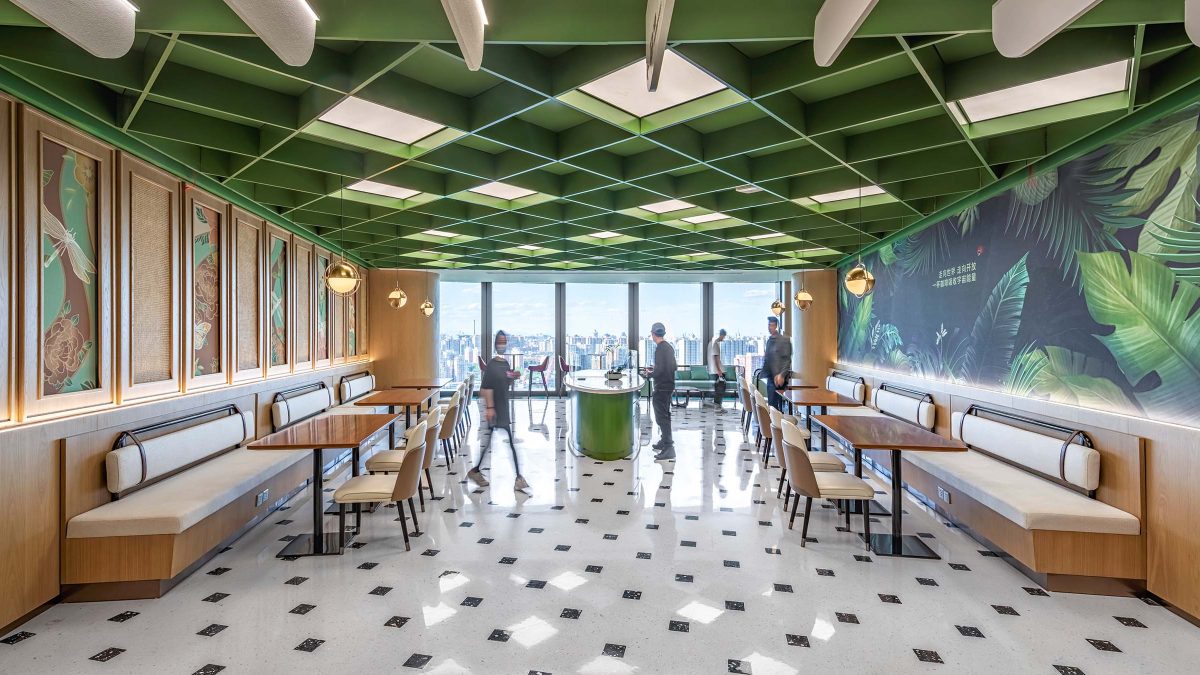
Biophilic design is the deliberate attempt to translate the inherent human affinity with natural systems and processes (biophilia) into the design of the built environment. The term merges architecture, design and nature, adding a dynamic and vibrant layer to spaces.
Biophilic design is about enhancing the whole habitat rather than focusing on a single occurrence of nature. This connection can include components such as natural light, physical plants, natural textures and materials, water features and visual representations of nature and outdoor views. In turn, these elements enhance entire environments while evoking connectedness, tranquillity and relaxation. Biophilic design aims to bring the beauty of the outdoors inside to elicit its powerful effect on people’s mood, health and daily lives.
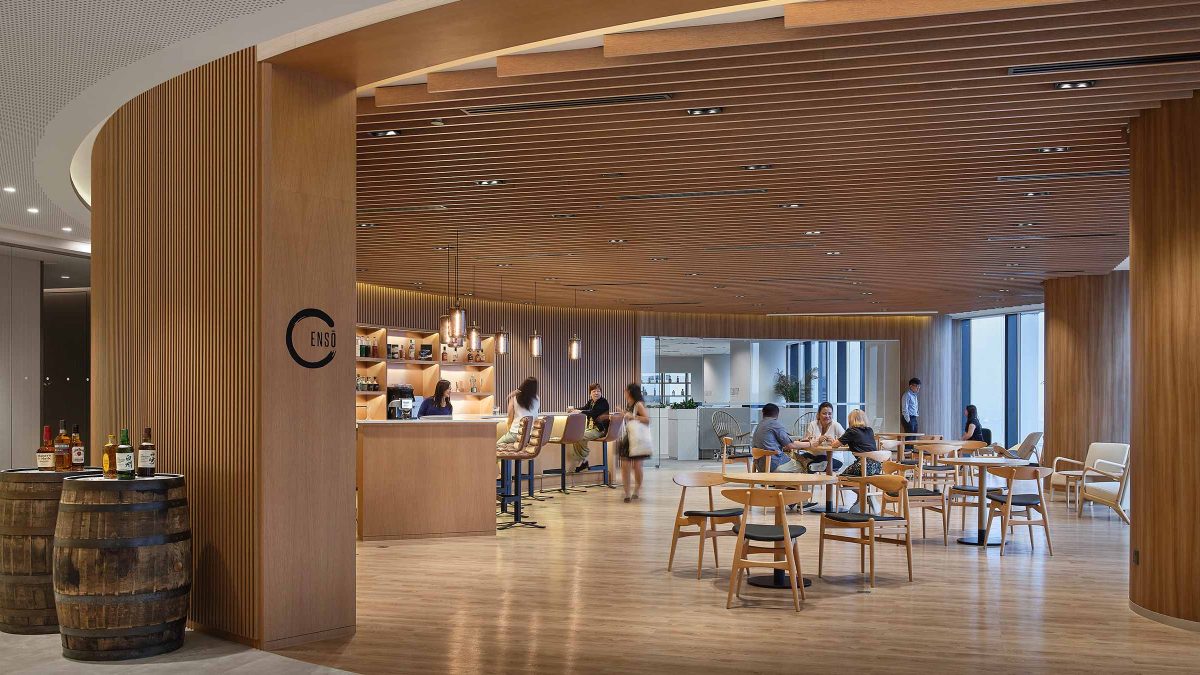
According to evidence, biophilic design can support positive mental and physiological health.
Some examples include:
Leading with a nature-first approach and investing in biophilic workplace interior design can significantly improve health benefits, such as recovery from mental fatigue. The presence of natural elements reduces stress levels, invigorates creativity and enhances cognitive performance.
Biophilic design impacts every aspect of our being, including the work we produce. When we think and feel our best, our work is stronger, more creative and more in-tune with human and environmental health. So, why wouldn’t we incorporate biophilia into design?
Sustainability Specialist , M Moser AssociatesInspired individuals are the best versions of themselves – they connect, collaborate and innovate. This form of constructive office culture can, in turn, increase employee satisfaction, boost morale and help attract top talent. Moreover, offices with biophilic design can enhance brand image through their aesthetic appeal and calming ambience.
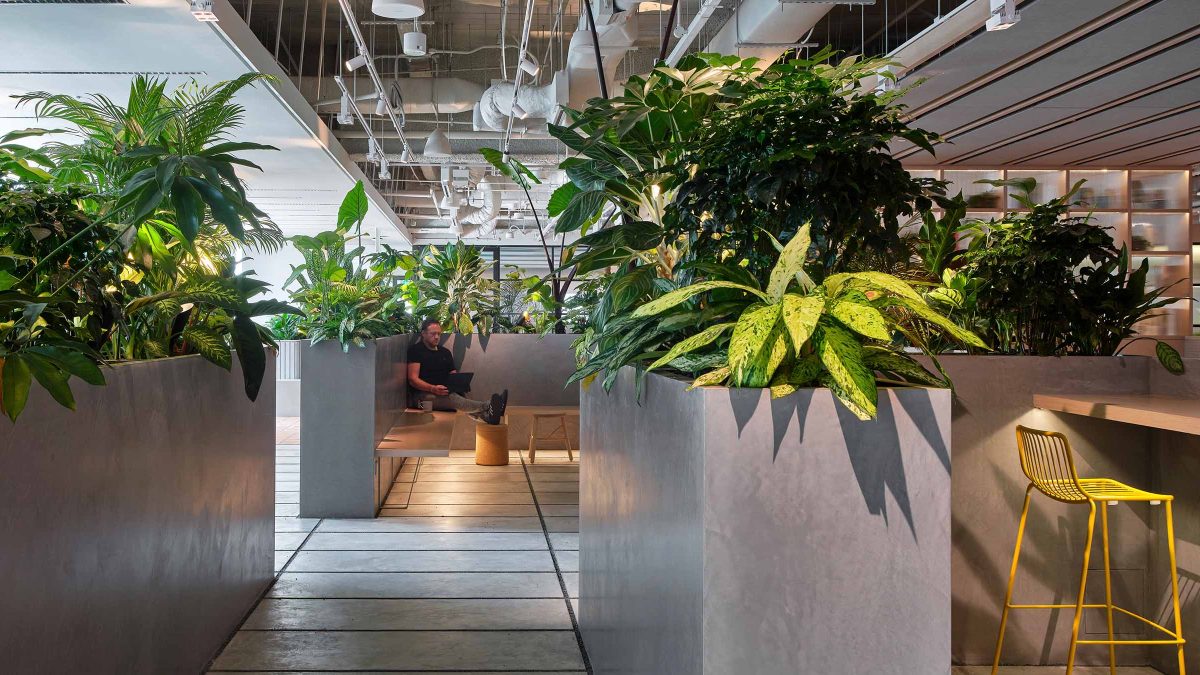
Natural light plays a pivotal role in biophilic design. It brightens up the workspace, helps to synchronise our circadian rhythms and prompts the body to produce vitamin D. It also makes us feel more awake and in a better mood.
To bring more natural light into your workplace, you can put desks near windows, add skylights to increase access and use reflective or transparent materials to allow light further into a space.
However, it’s not only about having a lot of light but also the right kind of light. To ensure light is spread evenly, use blinds or shades to reduce glare on computer screens at workstations. This will help prevent eye discomfort and keep people focused for longer.
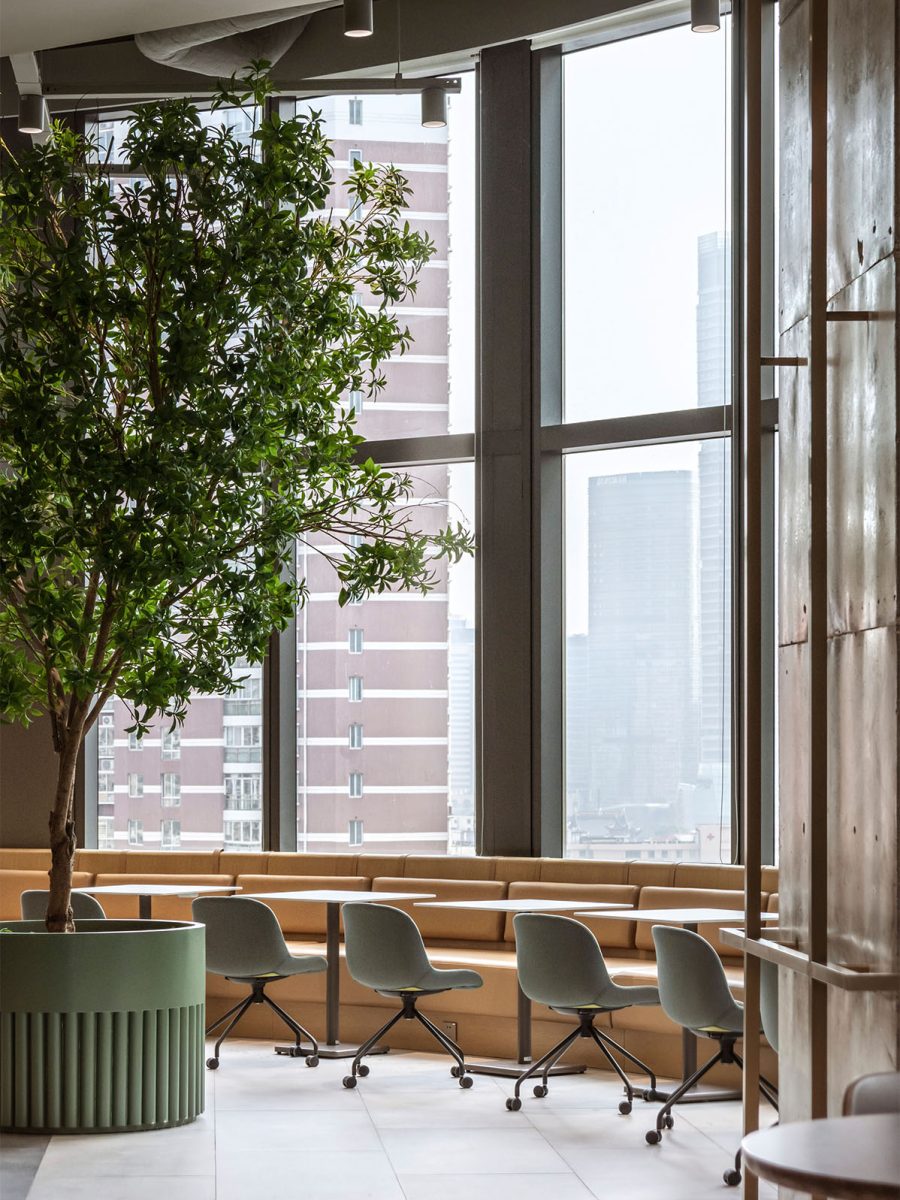
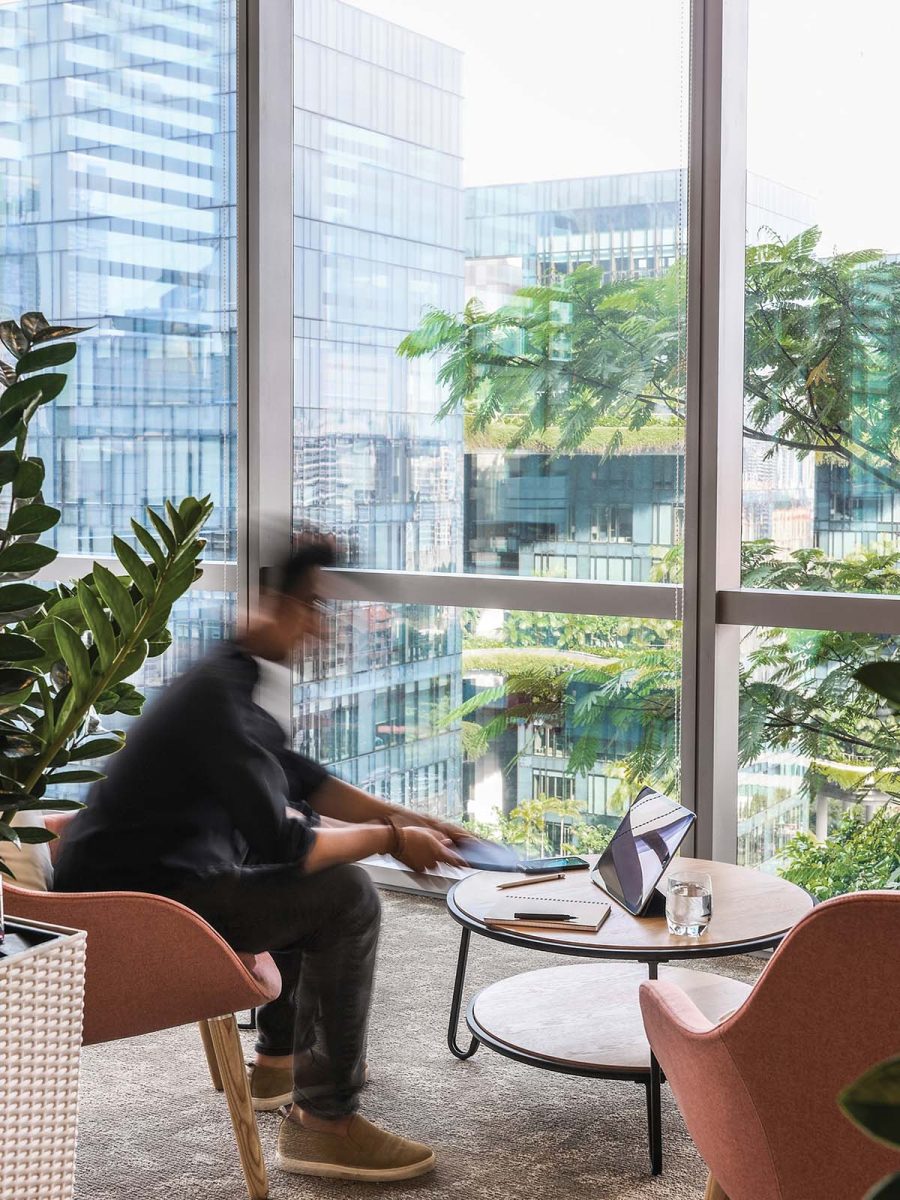
Vegetation is another key feature of biophilic office design. People in developed countries spend around 80%-90% of their time indoors. Therefore, indoor plants might just be more critical in our office spaces than outdoor greenery. Beyond potted plants, office design elements might include living walls, vertical gardens or green dividers. These provide visual interest and contribute to privacy, noise reduction and wayfinding. At the same time, these elements make us feel more comfortable and content in our surroundings. Choose a variety of plants with different shapes, colours and sizes to create visual depth. It’s also important to think about what the care of plants in your workplace will require before you choose them.
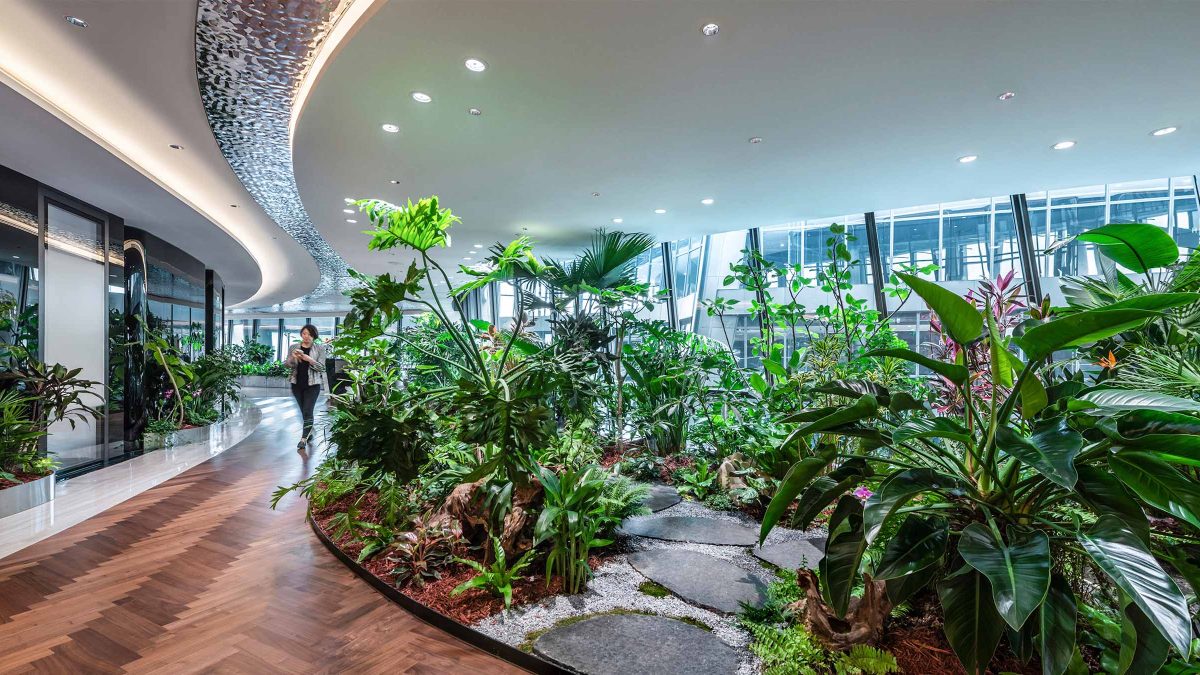
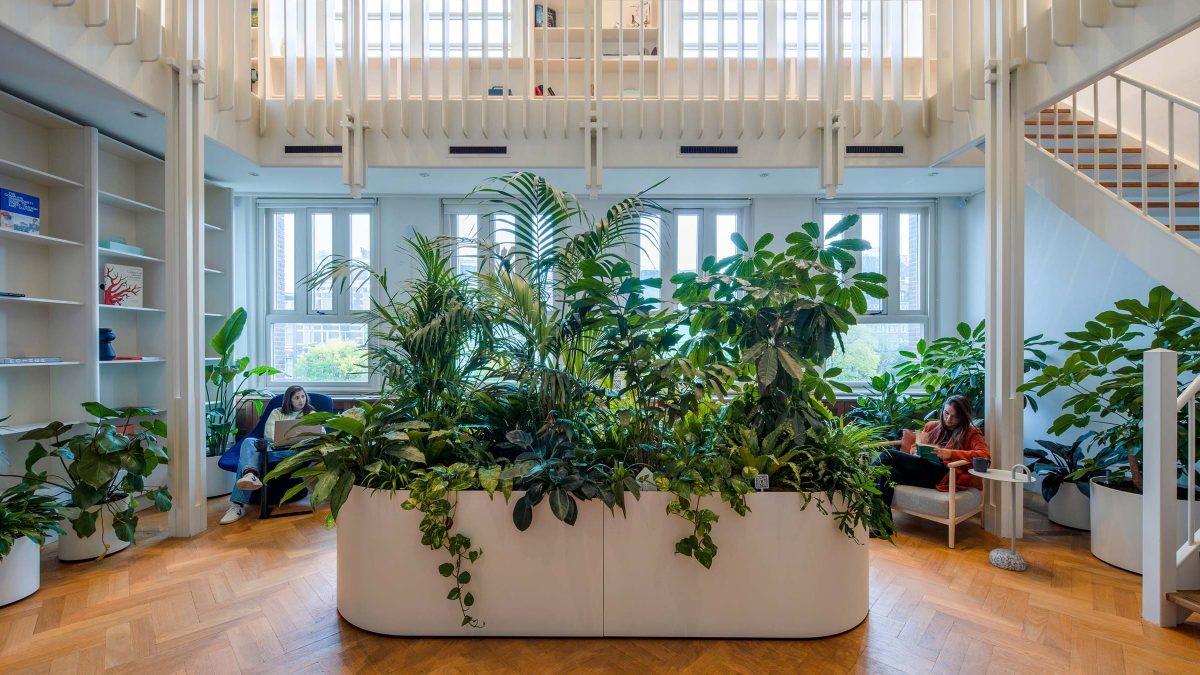
Another aspect of biophilic design is incorporating natural materials and textures such as wood and stone. Natural materials can bring warmth and an organic feel to a space and can easily be incorporated into floors, walls, furniture and accessories. Even paint colours that match cooler hues found in nature can relax our nervous systems, evoking calmer and more peaceful emotions.
Textures can also play a significant role in creating a connectedness to nature. Rough textures like bark or smooth textures like pebbles can trigger our sense of touch and rekindle our connection to the natural world. Combining varying textures in a workplace can give off a calming sensation to those in it.
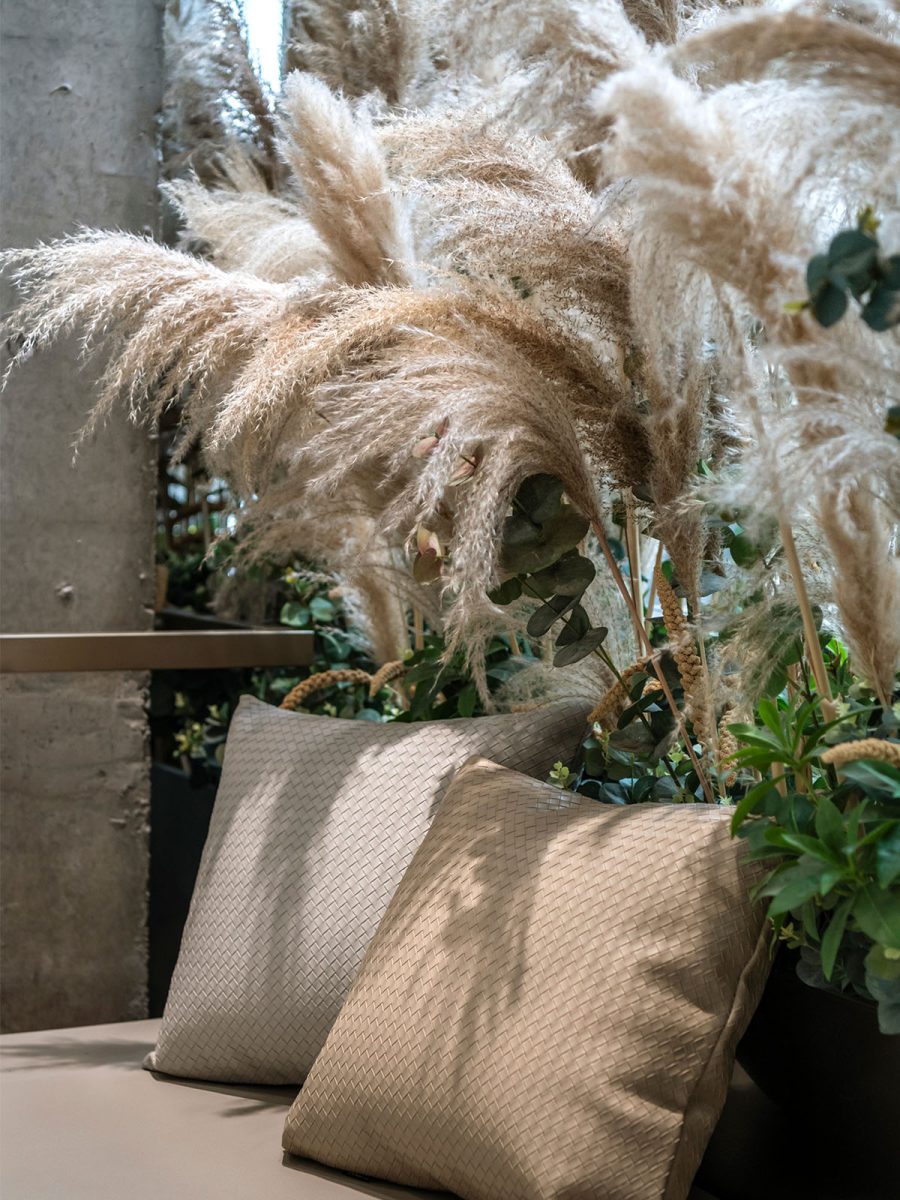
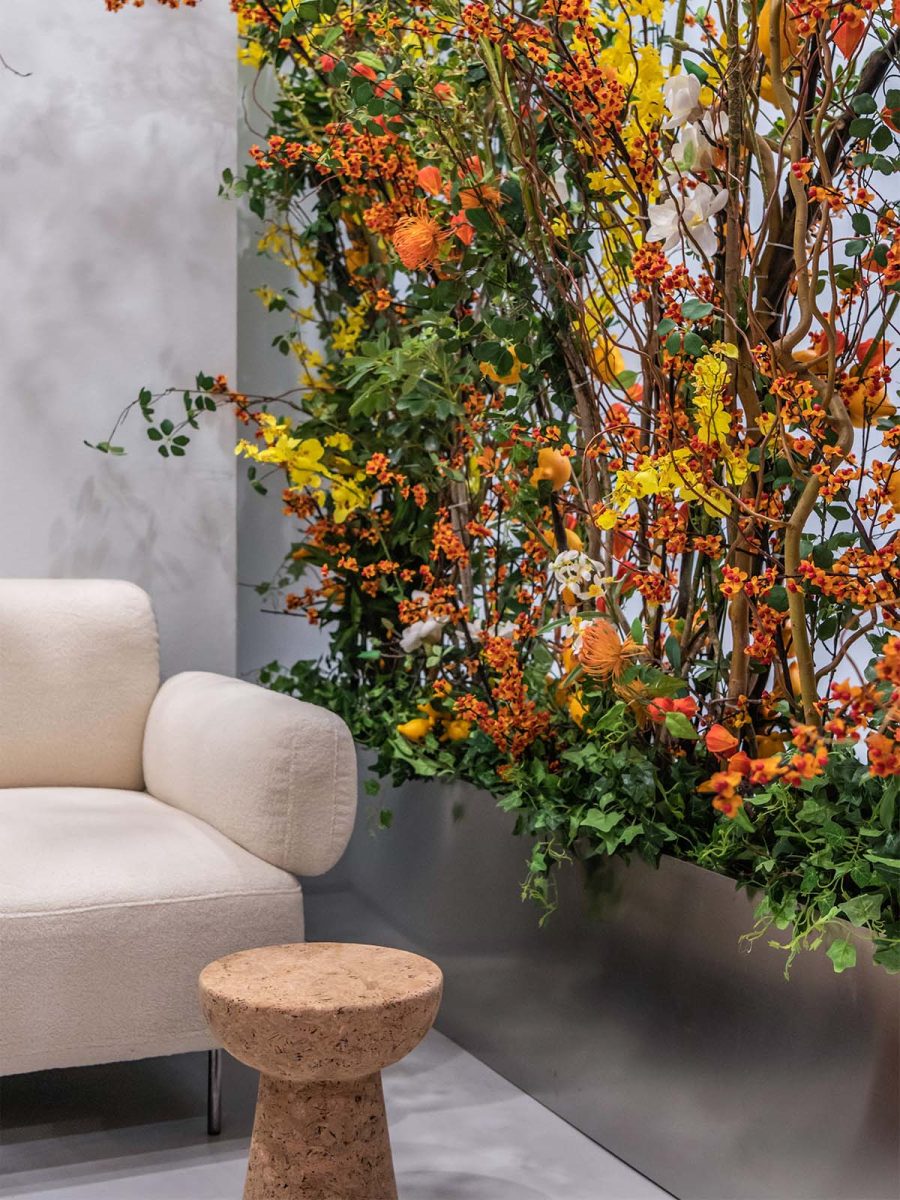
Water can be soothing and holds a strong sensory appeal. The sound, sight and symbolic presence of water can have a calming effect. If your office location permits, orienting workspaces to face bodies of water or landscapes can provide a tranquil view and boost employee creativity and productivity.
The sound of nature in an office can relax our nervous systems. Water feature sounds have also been shown to have some sound-masking capabilities, decreasing distraction and improving speech privacy. Interior design elements like digital water displays can help create a nature-inspired atmosphere.
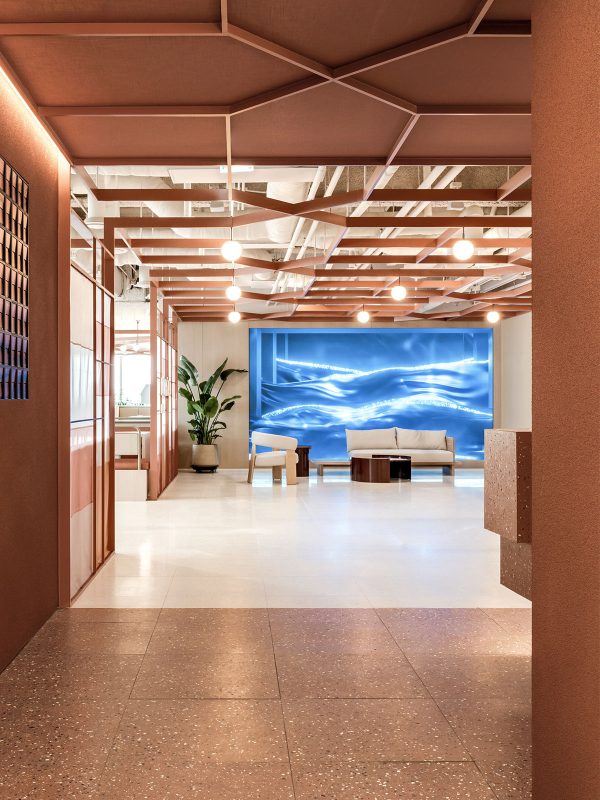
Integrating biophilic office design in your organisation can greatly benefit employees and the business. However, keep in mind that the aim is to create a deep and authentic connection between people and nature. So, it’s crucial to plan and implement these design ideas carefully.
Our workplace strategy team consists of experts who understand how people behave. They can assist you in designing physical spaces that align with our connection to the natural world.
Considering adding biophilic design to your workplace? Learn more about our health and wellness services.
Associate Director. Sustainability